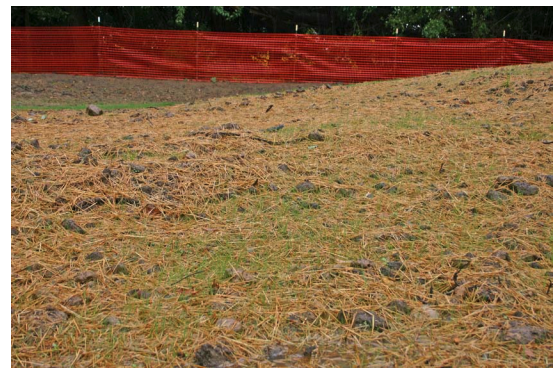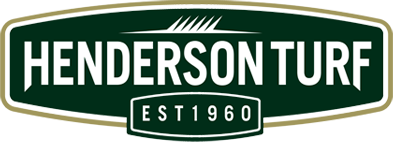Temporary seeding establishes temporary cover on disturbed areas by planting appropriate rapidly growing annual grasses or small grains. Temporary seeding provides erosion control on areas in between construction operations. Grasses, which are quick growing, are seeded and mulched to provide immediate, temporary soil stabilization. It effectively minimizes the space of a construction site prone to erosion and should be used everywhere the sequence of construction operations allows vegetation to be established.
Temporary seeding should be applied to exposed soil where additional work (grading, etc.) is not scheduled for more than 21 days. Permanent seeding should be applied if the areas will be idle for more than one year.

Specifications for Temporary Seeding
- If the ground is hard packed, a disk or harrow should run across the land to loosen the soil to allow for seed germination.
- Applications of temporary seeding shall include seed, fertilizer, and mulch. Mulch shall be applied during or immediately after seed.
Materials
- Straw- Applied at a rate of two tons per acre.
- Hydroseeders—If wood cellulose fiber is used, it shall be used at 2000 lbs. Per Acre.
Straw Mulch shall be anchored immediately to minimize loss by wind or water. Anchoring methods:
- Mechanical—A disk, crimper, or similar type tool shall be set straight to punch or anchor the mulch material into the soil.
- Synthetic Binders (TAC)—Synthetic binders such as Plantwise TAC L or equivalent may be used at rates recommended by the manufacturer. These products are applied through a hydroseeder and offer superior performance over mechanical anchoring of straw mulch.
